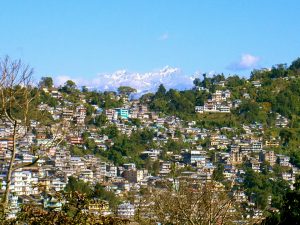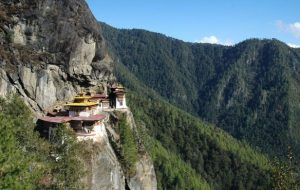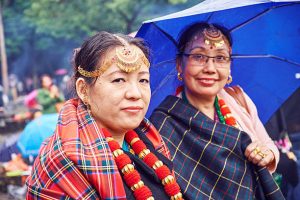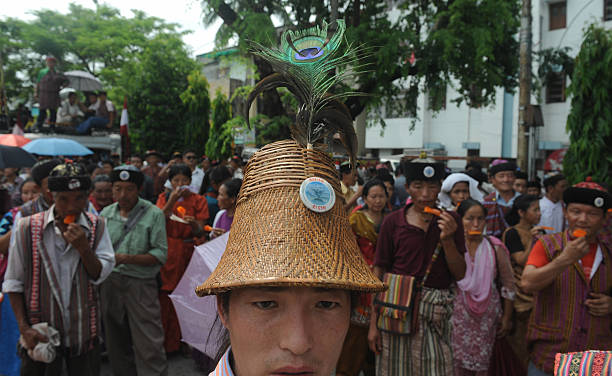This week Ajay Rastogi, founder of the Foundation for the Contemplation of nature, is off to work on a biocultural heritage exchange project with two tribal communities living near Kalimpong, an east Indian hill town in the Himalayan foothills of West Bengal.
The exchange started over 15 years ago with the Lepcha and Limbu peoples. They are both primarily Nepalese speaking communities, but have their own tribal Himalayan languages and scripts.
The aim is to exchange organic farming knowledge and maintain a mutual seed bank to protect biodiversity and local organic produce. The project also includes documenting their cuisine in the form of a recipe book.
Seed-banking is critical for communities to be climate-change resilient. Only some seeds can tolerate the drying process they need to go through to be safely ‘banked,’ but these seeds are indigenous and organic; at the heart of a community’s survival and identity. Both communities are rich in indigenous knowledge of local fauna and flora, as well as organic farming processes and methods.
The Lepcha people are also called the ‘Rongkup’ which means ‘the children of God.’ They are are among the many indigenous peoples of Sikkim and number around 50,000. As well as West Bengal, the Lepcha people can be found in western and southwestern Bhutan, Tibet and Darjeeling, and the Mechi zone of eastern Nepal. The Lepcha themselves contain about four distinct, regional communities.
The Limbu people are made up of hundreds of clans or tribes with regional identities and number around 700,000 in total. They are also one of the earliest inhabitants of Sikkim. They can be found mostly in Nepal, as well as Kalimpong, Darjeeling, Assam, Nagaland, South Sikkim and Bhutan and Burma.






